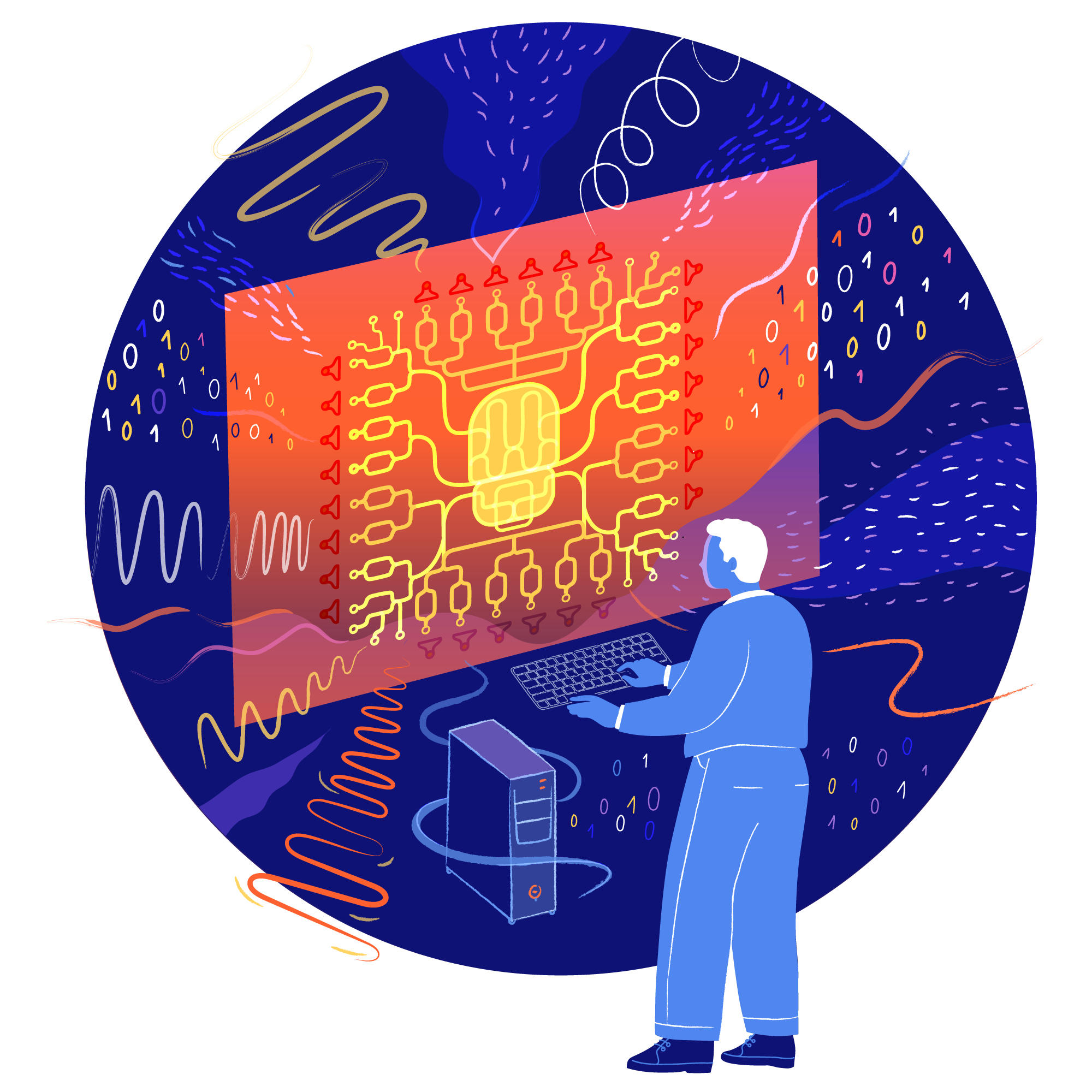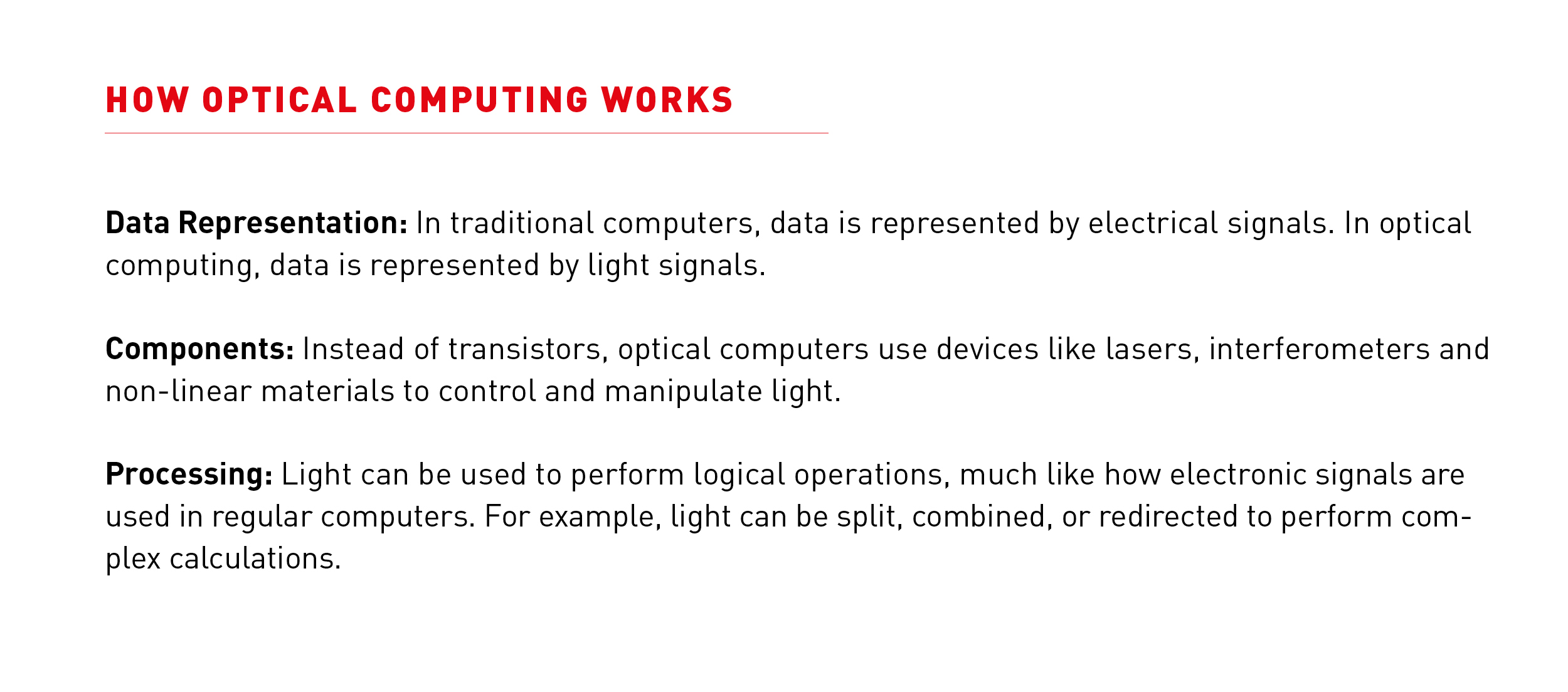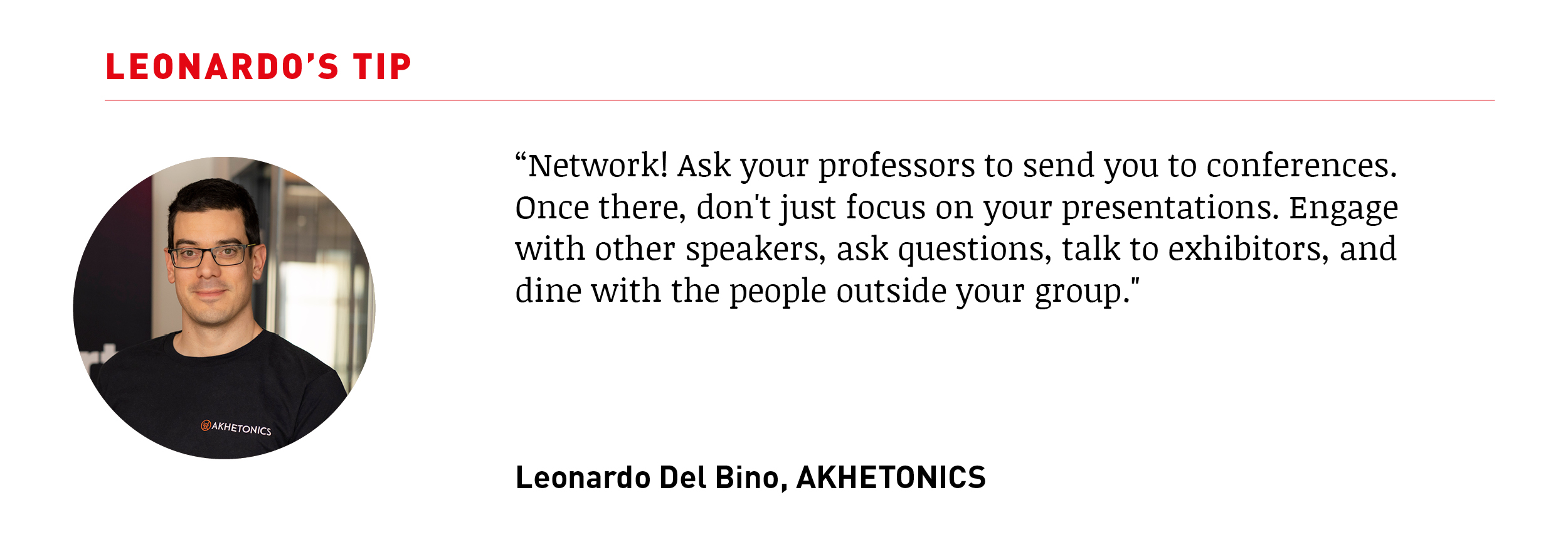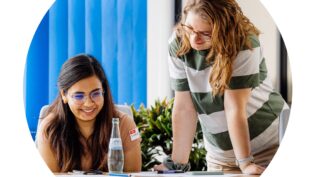
Following the Science of Light
How can computers work with lights?
Written by
While you are back from summer vacations, we want to welcome you back with Sciencepreneur Talks´ September issue with a flamboyant guest. Leonardo’s journey from quantum simulators in Florence to co-founding Akhetonics is a story of unexpected turns, groundbreaking discoveries, and a passion for pushing the boundaries of technology. Starting as a researcher, he found himself frustrated with the traditional academic path, ultimately leading him to a pivotal breakthrough in optical computing. This set the stage for his entrepreneurial leap, we hope you enjoy the reading.
How did you transform your research topic into a startup?
I discovered the symmetry breaking of counterpropagating light in microresonators, which shifted my research focus and led to several patents and a €1.5 million ERC grant, moving my group to the Max Planck Institute in Germany. Frustrated by academia’s tendency to publish and move on, I explored the idea of all-optical computing with my co-founder, using the pandemic to assess its business potential.
What is optical computing? Can you try to do a simple explanation for us?
Optical computing is a type of computing that uses light, instead of electricity, to perform calculations and process information. Traditional computers use electronic circuits to process data, but optical computers use photons (particles of light) which travel through optical fibers or other light-conducting materials. The main advantages of photonic computing are the clock speed, the low latency and low power consumption.

What were the challenges you experienced that made you came up with this business idea?
Like many deep-tech startups, I wasn’t initially searching for a solution to a specific problem. Instead, I stumbled upon a solution that addresses many current challenges in electronic computing. However, going through product-market fit and crafting a business plan was a tough, dream-crushing experience. As a scientist, I was too attached to the technology itself.
How did you find your team members?
For our core team, we tapped into our existing networks of colleagues and friends who had the right skills. A bigger network makes it easier to find suitable team members. As our startup gained traction, people began reaching out to us about job openings. Conferences on computing and photonics have been particularly great for hiring. We often meet people who stop by our booth or set up meetings to ask about positions. I also proactively approach students presenting relevant work at these events.
How did Young Entrepreneurs in Science workshop affect your career choice?
I first encountered the YES program through their “From PhD to Innovator” workshop, which I attended after deciding to start my company. The workshop was incredibly useful, helping me clarify the remaining questions I needed to address before launching, such as what to pitch to investors, how funding works, and whether there was a market for our idea. Now, I closely follow the events of the Falling Walls Foundation.
What have you learned as a sciencepreneurs since the founding of your startup?
I’ve learned many lessons, some the hard way and others more pleasantly. One tough lesson was not to assume you have funding secured until the contract is signed. The lesson I enjoyed the most was realizing the importance of a diverse team—not just in terms of gender and nationality, which are important, but also in the background. A diverse team fosters an inclusive and welcoming work environment and draws talent from a larger pool. Us two founders constantly challenge and improve each other’s ideas simply by bringing different perspectives. Our team includes experts in computer architecture, video game development, quantum physics, cryptography, and photonics. It’s always fascinating to see how a problem for one person can have an obvious solution for another.
Which challenges have you experienced in your way as a sciencepreneur?
Starting a company from academia presents unique challenges, which is why Akhetonics isn’t a university spin-off. One significant hurdle is timing—universities often move too slowly for the fast-paced startup environment, with decisions sometimes taking months. Another issue I managed to avoid is the restrictive nature of university rules, which can deter venture capitalists (VCs) and even public funding. Universities typically own the intellectual property (IP) and license it under strict terms. They often take a significant equity share, sometimes alongside professors, which can scare off investors. VCs prefer operational freedom with the IP and are wary of shareholders who aren’t fully committed to the company because of other obligations. Additionally, university contracts can involve lengthy approval processes, adding further delays.
That said, starting as a university spin-off isn’t all bad. You gain access to a fully equipped lab, a credible name, and sometimes even an office—resources that are costly at the startup early stage. If a spin-off is your only viable option, go for it; you can address IP and cap table issues as they arise. Importantly, I’ve noticed that many university technology transfer departments are becoming increasingly adept at navigating the realities of entrepreneurship, which is encouraging.
Which skills have you gained during this journey?
Though my entrepreneurial experience was limited, the half-MBA in my PhD, which once I dismissed as useless, proved invaluable. For scientists entering startups, business skills are crucial, but help is available through training, books, accelerators, and supportive VCs.
The skills I’ve acquired are numerous, and reflecting on my past self, I realize how much I’ve grown. Two standout areas of improvement are pitching and presentation—both are on a completely different level now. My project management skills have also benefitted significantly, thanks to a few good books and lessons learned from mistakes. These are skills that can be honed even during a PhD, by presenting at conferences and volunteering to manage collaborative projects or papers.
What advice would you give other researchers who are thinking about Sciencepreneurship?
Network! Ask your professors to send you to conferences, and once there, don’t just focus on your presentations. Engage with other speakers, ask questions, talk to exhibitors, and dine with people outside your group. The people you meet at these events could be your future clients, collaborators, mentors, employers, or even employees.One last point: Many success stories often overlook the roles of luck and timing. You could do everything right, but factors beyond your control—like an investor’s mood—might still work against you. Following the path of someone like Steve Jobs, today would be different, given the changed landscape and direct competition. Take inspiration from others, but remember, there’s no universal manual—you need to carve your own path and make it work.

What happens next?
Check out our event calendar for upcoming workshops. Stay tuned for more updates, opportunities, and success stories!
Curious for more? Connect with Leonardo or follow Akhetonics.
Interviewer & Editor: Dilara Ekinci
Illustration: Ana Briceño
Design & Art Direction: Bianca Cramer







